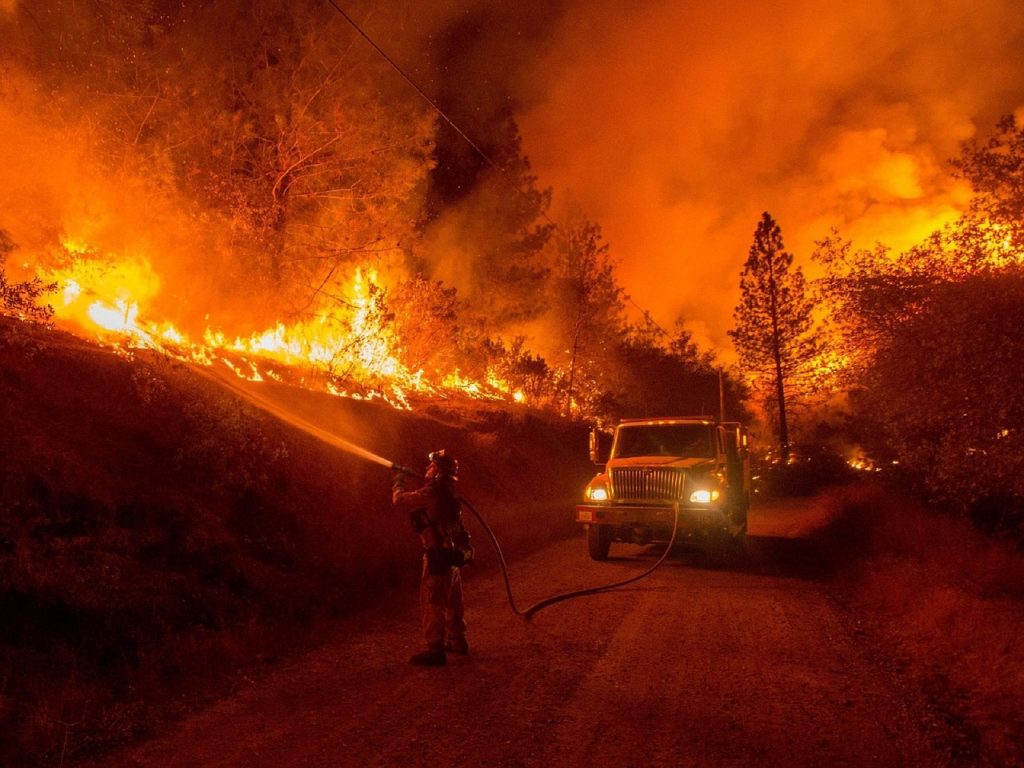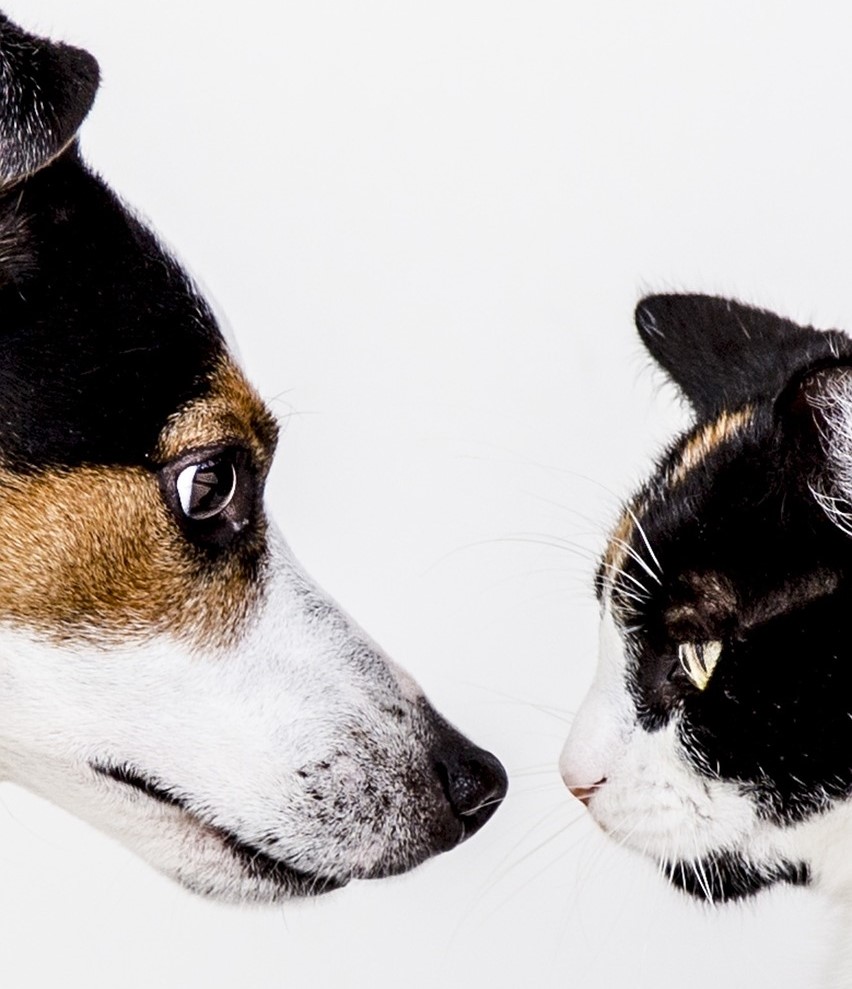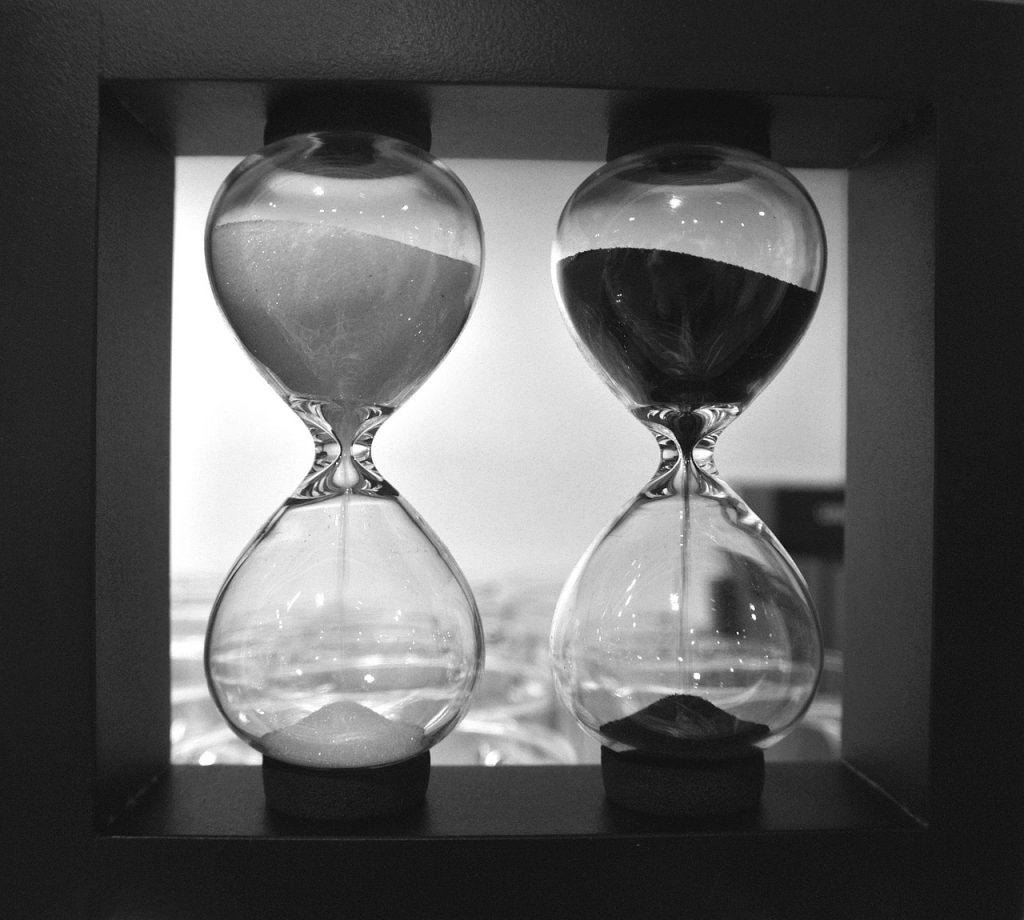
Second, RVC is launching a naming rights campaign. We aim to name everything in the office—from the conference room to the fridge to the microwave to each of the cabinet drawers. Support RVC’s work developing leaders of color, and immortalize yourself, by naming a white board or shoe rack.
***
Earth Day is coming up, and despite our sector being full of thoughtful and amazing people doing awesome work, let’s face it, many of us suck at being green. I was at a fundraising dinner with 500 attendees or so, and noticed that everyone got a 30-page glossy program booklet. Barely anyone took it home at the end of the event, which means that 489 program booklets ended up in recycling or trash. Multiply this by one billion events we have each year as a sector, and we’re basically destroying whole forests.
Maybe we should think about having only one or two booklets per table, and figure out other ways to recognize our sponsors. Plus, since they’re rarer, people might actually want them!
We also use a lot of disposable utensils for events: Cups, plates, forks, etc. They’re convenient. But maybe we should try to cut back, or use compostable stuff, or do both. And why isn’t edible utensils a thing yet?! I’d love to be able to just eat the plate and napkins when I’m done with my meals.Continue reading →





